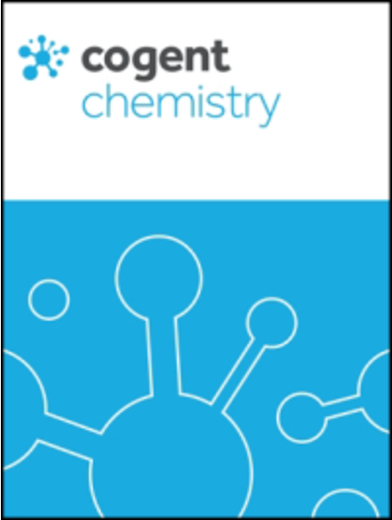Quadrupole linear ion-trap mass spectrometry studies on glutathione conjugates of nordihydroguaiaretic acid (NDGA) analogues reveals phenol-type analogues are without reactive metabolite-mediated toxic liability
引用次数: 3
Abstract
Abstract Reactive metabolites (RMs) have been implicated in many drug-induced toxicities including hepatotoxicity. Nordihydroguaiaretic acid (NDGA) has known pharmacological properties but its use is also associated with toxicities possibly mediated by RMs. In our effort to design and prepare NDGA analogues with better safety profile through rational structural modification, we first evaluated metabolic activation potential of model compounds mimicking catechol- and phenol-type NDGA analogues. We incubated test compounds in rat liver microsomes (RLM) in the presence of glutathione as nucleophilic trapping agent. We also investigated their potential to form para-quinone methides using silver oxide. Glutathione conjugates were detected by electrospray ionization-mass spectrometry (ESI-MS) scanning for neutral loss (NL) 129 or 307 in positive ion mode or precursor ion (PI) scanning for 272 in negative ion mode and further characterized by liquid chromatography–tandem mass spectrometry (LC–MS/MS) or in a single LC-MS run using multiple reactions monitoring (MRM) as a survey scan to trigger acquisition of enhanced product ion (EPI) data. Our findings led us to subsequently design and synthesize a series of NDGA analogues for evaluating their metabolic activation potential with a goal of eliminating RMs liability. Among others, we found that catechol-type analogues were converted to ortho-quinones by cytochrome P450s. We saw no evidence of RMs by cytochrome P450s for phenol-type analogues. This suggest that phenol-type NDGA analogues might not be associated with reactive metabolites-mediated toxicities. Although a more extensive pharmacological evaluation is underway, our preliminary results revealed that pharmacological properties were not compromised.四极线性离子阱质谱法研究谷胱甘肽偶联物的去二氢愈伤木酸(NDGA)类似物表明酚类类似物没有反应性代谢物介导的毒性倾向
摘要反应性代谢产物(RMs)与许多药物诱导的毒性有关,包括肝毒性。北二氢愈创木酸(NDGA)具有已知的药理学特性,但其用途也与可能由RMs介导的毒性有关。在我们通过合理的结构修饰设计和制备具有更好安全性的NDGA类似物的过程中,我们首先评估了模拟邻苯二酚和苯酚型NDGA类似品的模型化合物的代谢活化潜力。我们在谷胱甘肽作为亲核捕获剂的存在下,在大鼠肝微粒体(RLM)中孵育测试化合物。我们还研究了它们使用氧化银形成对醌甲酰胺的潜力。谷胱甘肽缀合物通过电喷雾电离质谱法(ESI-MS)在正离子模式下扫描中性损失(NL)129或307或在负离子模式下前体离子(PI)扫描272进行检测,并通过液相色谱-串联质谱法(LC–MS/MS)或在单次LC-MS运行中使用多反应监测(MRM)作为调查扫描以触发增强产物离子(EPI)数据的采集。我们的发现使我们随后设计和合成了一系列NDGA类似物,用于评估其代谢活化潜力,目的是消除RMs的责任。其中,我们发现儿茶酚类类似物通过细胞色素P450转化为邻位醌。我们没有发现酚类类似物的细胞色素P450的RMs的证据。这表明苯酚型NDGA类似物可能与反应性代谢产物介导的毒性无关。尽管更广泛的药理学评估正在进行中,但我们的初步结果表明,药理学特性没有受到损害。
本文章由计算机程序翻译,如有差异,请以英文原文为准。
求助全文
约1分钟内获得全文
求助全文

 求助内容:
求助内容: 应助结果提醒方式:
应助结果提醒方式:


